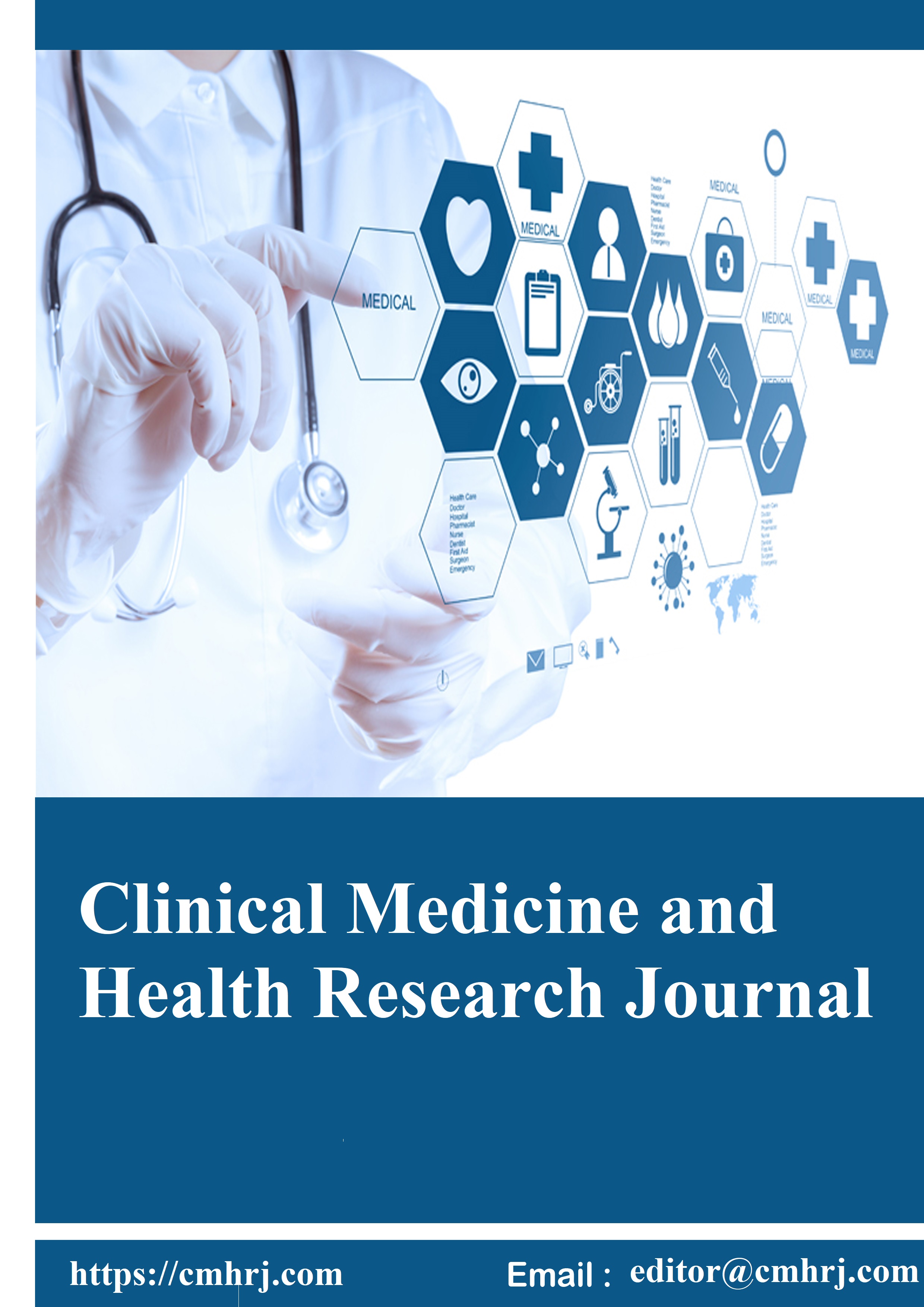To Evaluate the Effectiveness of Innovative Care Models in Improving Patient Outcomes and Operational Efficiency in Healthcare
Clinical Medicine And Health Research Journal,
Vol. 5 No. 03 (2025),
2 May 2025
,
Page 1274-1280
https://doi.org/10.18535/cmhrj.v5i03.470
Innovative care models have emerged as a critical strategy for addressing the growing complexity and demands of modern healthcare systems. This study evaluates the effectiveness of these models in enhancing patient outcomes and improving operational efficiency across various healthcare settings. Drawing upon a comprehensive review of peer-reviewed literature, case studies, and health system performance data, the analysis focuses on widely adopted models such as Patient-Centered Medical Homes (PCMHs), Telehealth, Accountable Care Organizations (ACOs), and Integrated Care Systems. The findings reveal that innovative care models contribute significantly to improved clinical outcomes, including reduced hospital readmissions, better chronic disease management, and enhanced patient satisfaction. Simultaneously, they promote operational gains such as cost reduction, streamlined workflows, and more effective use of healthcare resources. However, outcomes vary based on implementation strategies, workforce readiness, and technological infrastructure. The study underscores the need for evidence-based implementation, stakeholder collaboration, and ongoing evaluation to sustain long-term impact. This evaluation offers practical insights for healthcare providers, policymakers, and administrators aiming to optimize healthcare delivery through innovation.

